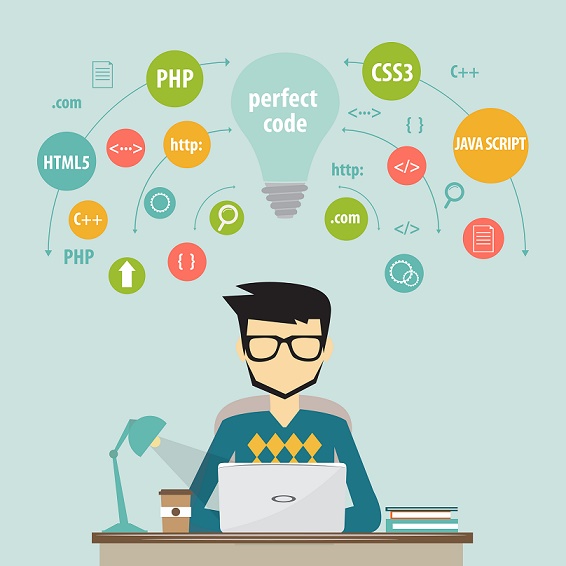
Unfortunately, there is no universal development process making perfect fit to any project. You usually follow the methodology - a set of standards containing concepts, methods and techniques, which define the style of software design.
The methodology is chosen, in the first place, to comply specific tasks, objectives and customer’s budget. Secondly, IT-companies’ specifics do mean a lot. Whether if it’s the tech support service, outsourcing development or internal project engineering – they all involve different approaches.
Most common categories of software development models are Agile and Waterfall. So let’s adumbrate them, consider some pros and cons, and define the relevant system for your project.
Agile
Agile methodologies stick to iterative development model. The product creating process is divided into a short cycle series of one to four weeks. Each iteration is a separate project including planning, designing, programming, testing, and retrospective.
And speaking of financial relations mechanisms, project owners within Agile usually choose between the Dedicated Team and Time & Materials.
This flexible development model is based on the Manifesto expressed in 12 principles. We believe that the following four are crucial to understanding Agile:
Waterfall
Waterfall system’s main principle is consistency. The development process is divided into the following steps:
1. Requirements Analysis
2. Planning
3. Implementation
4. Integration
5. Testing
6. Release
7. Support
Each phase starts only after the previous one is finished. New features are added after the releasing process and correction of previous errors. Because of clear documentation and stable requirements, Waterfall projects are best with the Fixed price model of financial interaction.
Now let’s compare the benefits and drawbacks of Agile and Waterfall.

Methodologies’ Pros:
Agile:
Waterfall:
Methodologies’ Cons:
Agile:
Waterfall:
So how can you juggle the Agile and Waterfall methodologies in your projects?
The Agile Development Model is Good to Go if:
1. Your project involves an experienced team.
2. The final functionality of the product is a mystery, and changes must be applied as quickly as possible.
3. The end user is in the project from the outset.
4. It is necessary to assemble the working draft quickly.
5. You are a startup.
The Waterfall Works Out For You if:
1. Project requirements are stable.
2. The quality of the product is more important than the time and resources spent.
3. The project is developed by an outsourcing team.
4. The end user receives only the final product and doesn’t participate in the development process.
It has to be said, that both methodologies will help you to make your project come true. You just choose the option that will allow you to make high-quality products and efficiently manage your budget.
Of course, once you're at the finish line, nobody will be interested in the methodology selected. Therefore, even if the model of development was inappropriate, your team must be strong enough to successfully deliver noteworthy results.
Now just go out there and make your project shine!
Special for Java EE Programmers Community
Previous article
Key Mistakes When Creating Mobile Version of Online Store
Next article
Top Project-Killing Mistakes